Those who have read the gospels closely will realize that there are some seeming discrepancies between the synoptic gospels–Matthew, Mark and Luke and John’s gospel when it comes to the events of the Last Supper, Jesus’ arrest, trials and crucifixion.
The traditional timetable is that the Last Supper took place on Thursday night. Jesus was arrested in the Garden of Gethsemane in the wee hours and taken for his first inquisition at the house of Annas. Then the Sanhedrin trial followed immediately– still before dark. Then in the morning there was a second short confirmation trial by the Sanhedrin. Then he was taken to Pilate, then to Herod, then back to Pilate and then beaten and crucified at around 9 am dying around 3 pm on that Friday. This is because John has Jesus dying at the same time the passover lambs were slaughtered that Friday afternoon.
Immediately a couple of difficulties present themselves. The first is obvious. If Jesus and his disciples were eating the Passover meal on Thursday night, but the lambs were not slaughtered until Friday afternoon, then how could it have been a Passover meal?
The second problem is that the four gospels do not give the same record of the events. Was there one trial by the Sanhedrin at night or a questioning of Jesus by the high priest then the trial during the day? But there also seems to be a second, shorter consultation by the Sanhedrin. The accounts vary in detail, no doubt because the proceedings were all in secret. The disciples apart from Peter and John had scattered, so the evangelists only had a general idea of what happened.
The timing is the other big problem. If Jesus was arrested after midnight in the wee hours of Friday morning did they really cram an inquisition by the high priest, a trial, a further consultation by the elders and two appearances before Pilate AND an appearance before Herod all before 9 am that morning? Scholars have discovered other problems with the details. The Jews had strict rules about trials. They could not have a single trial for a capital offense. There had to be a one day cooling off period and then a second confirmation trial. Also they could not have trials at night and they could not have the trial on a feast day or the eve of a feast day.
The traditional chronology breaks all those regulations. Jesus would have had to be tried at night and on Friday morning which would have been the eve of a feast day. Over the centuries scholars have tried to solve the discrepancies with various solutions. The most popular one is that John placed Jesus’ death on the Friday afternoon when the Passover lambs were being slaughtered so that he could make the theological point that Jesus was the Passover Lamb, the Lamb of God.
Besides, say the liberal scholars, we know the gospel accounts are not historical and not based on eyewitness accounts so it doesn’t really matter anyway and any attempt to solve the “problem” is silly because it’s all fiction don’t you know, and solving the chronological problem is about as useful as trying to solve a similar discrepancy in an Agatha Christie whodunit.
Anyway, my friend Professor Sir Colin Humphreys–an eminent Cambridge scientist–has written an interesting book called The Mystery of the Last Supper which attempts to solve the problem. Colin’s book is very detailed and his argumentation convincing.
The simple version is this: they have discovered from the Dead Sea Scrolls that the Jews at the time of Jesus were using two different calendars. This is not so difficult to imagine. So for example, Catholic traditionalists use an old calendar of feasts and saints days. The Eastern Orthodox have a different calendar than the Western Church.
The “new” calendar dated from the time of the Babylonian exile. The “old” calendar dated from the time of Moses and the Egyptians. The Jewish leaders in Jerusalem used the new calendar and the Jewish feasts were determined by the new calendar and were used to determine the dates and times for the religious feasts.
The old calendar was used by (if you like) traditionalists. The Essenes, the Samaritans and especially the Jews in Galilee who were much influenced by the Essenes. Jesus and his disciples were Galileans and for some time now the scholars have been tracing similarities between the Essenes, John the Baptist and Jesus. The theory is that Jesus and his disciples used the old calendar. The traditional site of the Last Supper was in the Essene quarter of Jerusalem and other signs that Humphreys points out indicate that the Passover Meal Jesus and his disciples shared was according to Essene customs.
Now here’s the interesting point. The Jewish leaders allowed the Essenes and others to celebrate the Passover according to the old calendar rather like the Vatican allows the traditionalists to celebrate the Latin Mass and use the old calendar. Humphreys has worked out using astronomical reckoning, that the Passover on the old calendar was a few days earlier that week than the Passover celebration on the new calendar.
Jesus and his disciples would have celebrated their passover meal on the Wednesday night. This not only allows enough time for all the events to take place, but it also allows the Jewish laws about trials to be observed.
So the chronology should run like this:
- Jesus celebrates Passover on Wednesday night. It ends about midnight
- They go to the Garden of Gethsemane. He is arrested there around 3 am
- He is taken to the house of Annas for the first inquisition–but not a trial because they cannot have a trial at night.
- Peter denies Jesus three times before daybreak (when the cock crows)’
- Luke says at daybreak the Sanhedrin trial begins. Their law is being observed. They can only have a trial during the day, and this day is not the eve of a feast day.
- Jesus is handed over to the guards and is in prison for the rest of Thursday.
- First thing Friday morning the Jews have the second short confirmation hearing. Their law says a capital offense has to have a second hearing after one day’s break
- Jesus is handed over to Pilate around 6 am
- Jesus goes to Herod and comes back to Pilate
- Jesus is condemned, flogged and taken to be crucified
- He is crucified at 9 am Friday and dies that afternoon as the Passover Lambs are being slaughtered at the time according to the new calendar.
According to Humphreys’ theory there is no discrepancy at all. Both the synoptics and John are historically accurate. Humphreys’ chronology also allows the Jews to observe all their laws regarding trials.
While this could be the answer, it is also true that a simple reading of the gospels does seem to compress the events down to the traditional timeline. According to Humphreys Jesus’ trial took most of Thursday morning and he was then imprisoned for what would have been Thursday afternoon and night. There is no mention of this in the gospel account, and this is the weak point of his theory.
Taking everything together, and the fact that the Jews needed a day’s cooling off period for a capital offense it could well be that Jesus was imprisoned by the Jews for the rest of Thursday afternoon and night. It could also be that Thursday was when they first went to Pilate and Jesus was sent to Herod. Then the second visit to Pilate took place on Friday morning.
The details will remain debatable. However, when you visit the church of St Peter Gallicantu in Jerusalem where tradition says Jesus’ trial and inquisition by the High Priest took place you will be taken down into a dungeon which was discovered below the first century house and the traditions are that it was in this dungeon that Jesus was imprisoned before being taken to Pilate.
When the traditions, archeology and other details are combined, Humphreys’ theory is still a pretty good fit.

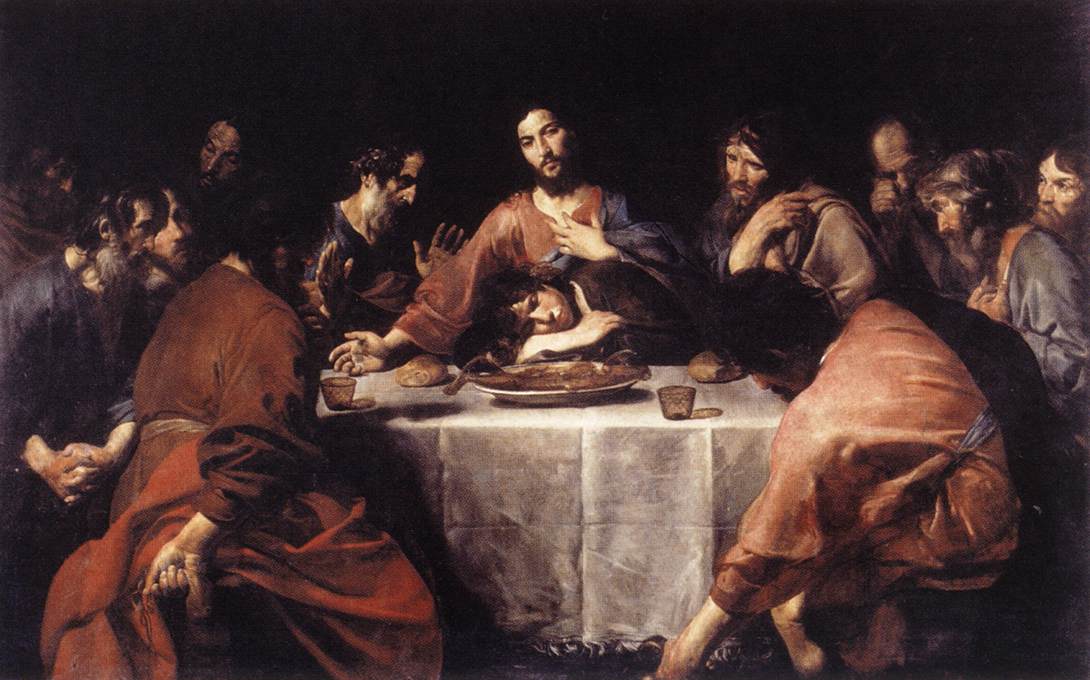
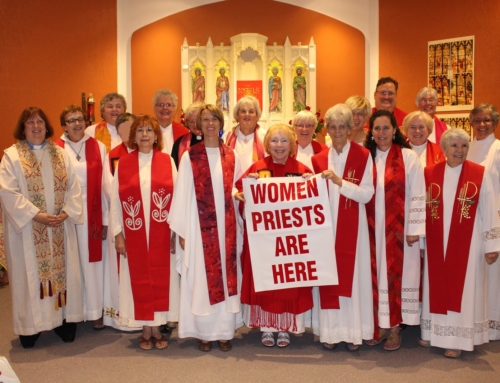
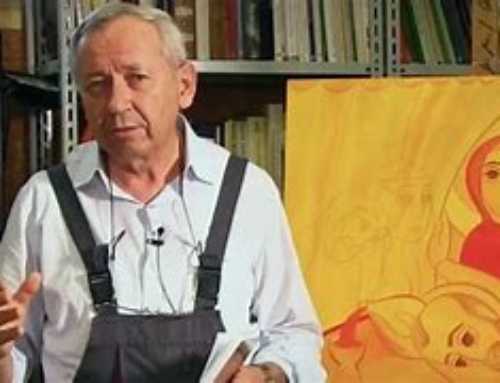
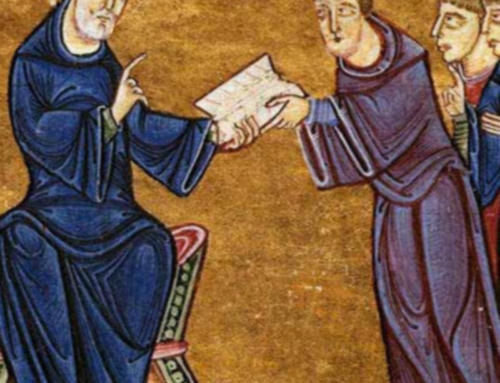

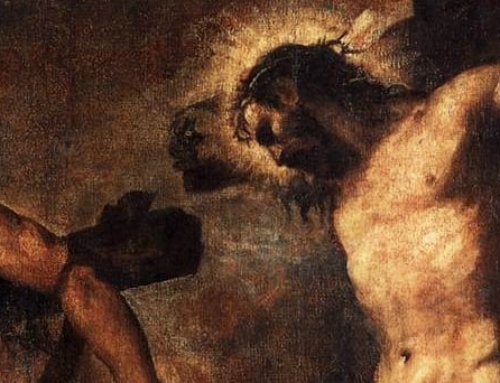
The Ignatius Catholic Study Bible (RSV, 2nd Catholic edition, 2010) notes discuss “The Calendar Proposal” in which the temple authorities used a lunar calendar and the Essenes used a solar calendar. This hypothesis, equivalent to what you describe, suggests that Jesus celebrated the Passover on Tuesday night. They also describe “The Pascal Proposal” favored by St. John Chrysostom and St. Thomas Aquinas that describe Passover week as extending from the first day of the unleavened bread. Thus, John the Evangelist’s Day of Preparation could be a reference to the day before the Sabbath, not the feast of Passover per se.
If you read the three synoptic gospels, they all appear consistent and you would assume the Last Supper was a regular Passover meal to which Jesus added His institution of the Eucharist and the priesthood.
But when you get to John, things look different. I have read Brant Pitre’s book, in which he concludes the Last Supper took place as it should have, in agreement with the synoptic gospels, and Scott Hahn’s take on the same subject, in which he concludes the Last Supper took place a day earlier, as suggested by John.
Each provided their reasoning, and although I agreed with Scott Hahn’s conclusion, I did not think his reasoning compelling. Each man is a highly regarded biblical scholar, which I am not, and my reasoning is less scriptural and more – I believe – logical.
Pitre assumes there was a lamb present, even though none of the gospels mention a lamb at the Last Supper. To me, this makes no sense. It is the only thing Pitre has written with which I cannot agree. Jesus made Himself the sacrificed Lamb of God, and to have two lambs present, and therefore two sacrifices, would have presented a theological confusion, as well as a confusion of purpose.
Since Jesus was the new sacrifice, the new Paschal Lamb, He would have followed Jewish law and would be sacrificed at the same time the Passover lambs would be sacrificed at the Temple. As He hung on the cross, He could probably hear the lambs being sacrificed at the Temple.
Jesus also had to change the purpose of Passover. You will recall from the gospel of Luke that at the Transfiguration, Jesus spoke with Moses and Elijah about the Exodus He was about to begin in Jerusalem. He was the new Moses (God will send another one like me to lead you) and was to begin leading the new Exodus to the new and final Promised Land following His Resurrection. This new exodus needed a new kind of significance, a new celebration (the Holy Mass), not of freedom from slavery to Egypt, but freedom from slavery to sin. “This is My Blood of the new and everlasting covenant, which is shed for you and for many for the forgiveness of sin.” Just as Jesus, by His Resurrection, established a new kind of Sabbath, a new Holy Day of the Lord – moving from Saturday to Sunday – He also changed the meaning and purpose of Passover. The divinely decreed date for the celebration of the old Passover would be overcome by events in just a few years when Jerusalem would be destroyed by the Romans, along with the Temple and the Levitical priesthood and the dispersion of the Jews which would continue until after WWII. The new Passover celebration continues with the celebration of every Mass every day of the year except for Good Friday and Holy Saturday. In the meantime, the New Exodus continues, of which we are all, hopefully, a part, until we arrive at our final destination.
Humphreys’ two calendar solution does help resolve the question. Also, I believe Brant Pitre discusses the breadth of the term “Passover” which brings flexibility into the timing.
Very informative. I guess before theologians started dissecting the scripture, and before anyone had their own bible or even access to a bible, we believed what the Catholic Church taught and the art helped reinforce that teaching. Thankful to the Holy Spirit and the doctors of the faith that the church made its way thus far. But I like a good mystery too.
Yes, but it is also true that within the last 100 years due to the science of archeology, new textual discoveries, forensics and other disciplines we know more about the history of Jesus’ time and culture than ever before. However, on this particular topic–the timeline for Holy Week–there are more opinions and debatable points than I could put in a simple blog post.
What’s the Coptic Church’s say on this?